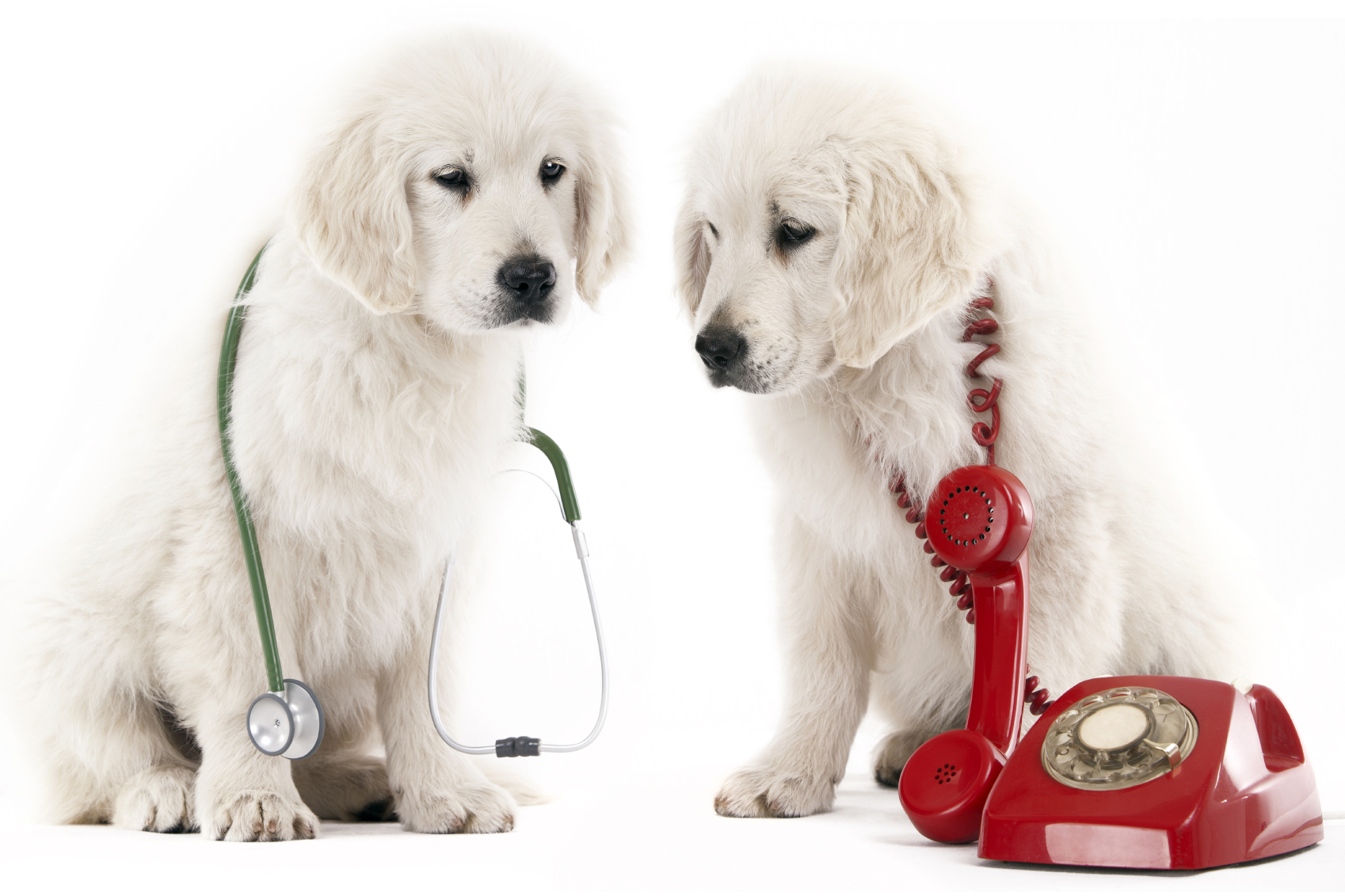When Is It A Pet Emergency?
 It’s late, but your pet is acting strangely. You’re concerned about your pet’s symptoms, but aren’t sure if it’s worth a trip to the veterinarian this late, or if it can wait until normal business hours the next day… What would you do?
It’s late, but your pet is acting strangely. You’re concerned about your pet’s symptoms, but aren’t sure if it’s worth a trip to the veterinarian this late, or if it can wait until normal business hours the next day… What would you do?
Some emergencies, such as seizures or automobile accidents, are obvious. But pets are genetically wired to hide pain and illness, which can make it difficult for even the most conscientious pet owner to know when their dog or cat is in need of immediate medical attention. Learning how to recognize the signs of a pet emergency could make all the difference for your pet.
Know The Signs Of A Pet Emergency
There are certain situations that require prompt medical attention. While not every emergency is immediately life threatening to your pet, it will still need evaluation by your veterinarian as soon as possible. Do not wait to call us if your pet is experiencing any of the following:
Wounds – Anything that is bleeding, discharging or is deeper than a superficial scratch needs to be seen. Bleeding that doesn’t stop within 5 minutes, or is coming from the nose, mouth or rectum is also considered an emergency.
Trauma – Don’t wait to bring your pet in if he or she has been attacked by another animal or been hit by a car or other object, even if there are no visible signs of injury. Internal injuries and bleeding can quickly become life threatening. Previously undiagnosed seizures can be another sign of trauma.
Breathing problems – A pet that seems to be experiencing difficulty breathing or is coughing or choking uncontrollably needs to be seen by a veterinarian.
Elimination difficulties – Pain or difficulty urinating or defecating, including, not doing either for more than 12 hours should be addressed right away, as this could indicate a blockage that requires surgical intervention.
Eye injuries – Eye injuries are often serious, so do not wait to bring your pet in if you know that his or her eyes have been injured or if you observe blood, discharge, or swelling around the eye.
Pain/extreme anxiety – Your pet may be in pain if he or she is limping, having difficulty standing or walking, or is experiencing disorientation or extremely anxious behavior. This can be caused by a variety of things and should be evaluated by a veterinarian.
Severe vomiting or diarrhea – Your pet will need medical evaluation if he or she is vomiting or having diarrhea multiple times per day, or if these symptoms are accompanied by other signs of illness such as fever or lethargy.
Not eating/drinking – Refusal to eat or drink for more than 24 hours is a sign of trouble.
Fever – Your pet needs to be seen if he or she has a rectal temperature greater than 103°F.
Labor difficulties – If your laboring cat or dog has gone several hours between delivering kittens or puppies, give us a call right away.
The above symptoms are obvious medical emergencies, but sometimes your pet will need to be checked out due to health problems that are lurking beneath the surface. Pay attention to your pet’s demeanor and habits: Is he or she sleeping more often? Eating less? Suddenly not interested in walks or favorite toys? Use your intuition and knowledge of your pet’s normal behavior when deciding whether or not to bring him or her in for a medical evaluation.
The Next Step
So, you’ve determined that your pet is in need of emergency care, what next? Your team at Lone Tree Veterinary Medical Center is equipped to handle your pet’s emergency. We are open 7 days a week and are proud to offer state of the art emergency services.
In the event your pet needs to be seen outside of our normal business hours, our after-hours recorded message will direct you to a nearby veterinary emergency facility.



